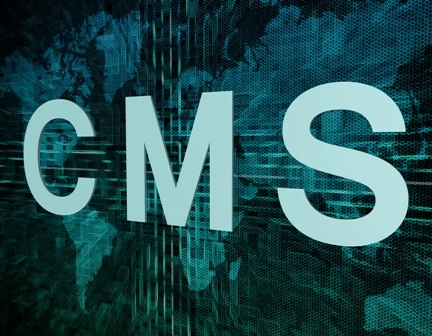ED Coding and Reimbursement Alert
Use Documentation to Master Modifier 25 Usage
Encounter notes could be difference between E/M-25 and no E/M.
In the coding world, few modifiers are more commonplace than modifier 25 (Significant, separately identifiable evaluation and management service by the same physician or other qualified health care professional on the same day of the procedure or other service). That ubiquity doesn’t mean using the modifier is easy, however.
Why? There are several different interpretations of the descriptor language floating around, which leads to incomplete documentation and misuse of the modifier.
For this reason, we’ve prepared this two-part series on modifier 25 and what it means for a service to be “significant and separately identifiable.”
Report Separate E/M in the ED
There are a few basic same-day situations to look for that may justify the use of modifier 25 on an evaluation and management (E/M) code, according to Jeffrey Lehrman, DPM, FASPS, MAPWCA, CPC, CPMA, principal at Lehrman Consulting LLC in Fort Collins, Colorado, during his HEALTHCON presentation, “What Exactly Is a Significant and Separately Identifiable E/M?”

Since the care is acute and unscheduled in the ED — and there is an Emergency Medical Treatment & Labor Act (EMTALA) requirement — the vast majority of patients require an ED E/M service. Physicians may need to be reminded to document their work that goes beyond simply a procedure note.
However, whether to report the E/M and the procedure depends on what was performed and documented. “Often, providers actually are performing significant and separately identifiable evaluation and management, but they’re just not documenting it,” Lehrman said.
Example: A patient presents for a simple ear flush for cerumen removal. The patient’s parent says the child’s ears are clogged and they noticed their ears are red and they have a fever.
“The cerumen removal is the procedure. There’s no E/M there,” said Lehrman. But now there’s a new development in the form of a possible infection, something significant and separate from the procedure. “Now, we ask questions and document how long they’ve been experiencing the problem, what makes it better and what makes it worse, what treatments are available, what has the patient tried already, has the patient experienced this before. Then we diagnose cellulitis, and we manage it with an anti-infectious agent.”
Without the notes describing the evaluation and the management of the new problem, there’s no documentation that an E/M service occurred along with the cerumen removal. On paper, it looks like the procedure was the only billable service provided.
Remember H&P Does not Equal E/M
In any encounter, history and physical examination (H&P) is just evaluation. “What’s missing from the H&P when comparing it to any E/M is the ‘M’ part, the management,”
Lehrman said. “Management is the provider using their education and expertise and training to somehow manage that problem. That is work,” he continues.
What defines a significant and separately identifiable E/M service is the existence of an E/M service and a procedural service that don’t overlap in the work needed to complete either one, according to Chapter 1 of the General Correct Coding Policies for NCCI (National Correct Coding Initiative) (https://www.cms.gov/sites/default/files/2021-12/Chapter1_2022_CMP_Final_1.1.2022.pdf).
“We can have work devoted to the E/M where there is no overlap with the work needed to perform the procedure, but the documentation must support that. That’s a key area where we see providers getting into trouble,” Lehrman said. In the ED this is frequently represented by work that might include:
- Screening for distal injuries such as neurovascular status
- Screening for other injuries
- Looking at complications related to healing
- Checking tetanus status
- Trying to reach a differential diagnosis
- Documenting other potential clinical conditions being considered.
Related Articles
ED Coding and Reimbursement Alert
- MPFS Final Rule:
CPT®, CMS Still Split on Critical Care Add-On
Count on coders to use correct payment rules. The 2023 Medicare Physician Fee Schedule (MPFS) [...] - ICD-10 2023:
Use These FAQs to Tackle SDoH Updates
Look to the guidelines for all the info you need. On Oct. 1, more than [...] - Modifier Madness, Part 1:
Use Documentation to Master Modifier 25 Usage
Encounter notes could be difference between E/M-25 and no E/M. In the coding world, few [...] - You Be the Coder:
Double Foot FBRs
Question: Encounter notes indicate that the provider performed superficial foreign body removals (FBRs) from each [...] - Reader Question:
Code Additional Services During TPIs
Question: When the provider performs trigger point injections (TPIs), can you code separately for separate needle [...] - Reader Question:
Code Order Matters for Optimal Claims
Question: The ED physician performed closed treatment of a metacarpal fracture without manipulation on a patient’s [...] - Reader Question:
Use This Dx for Long COVID Patients
Question: A patient presented with fatigue that affects their daily life, a lingering cough, difficulty breathing, [...]




